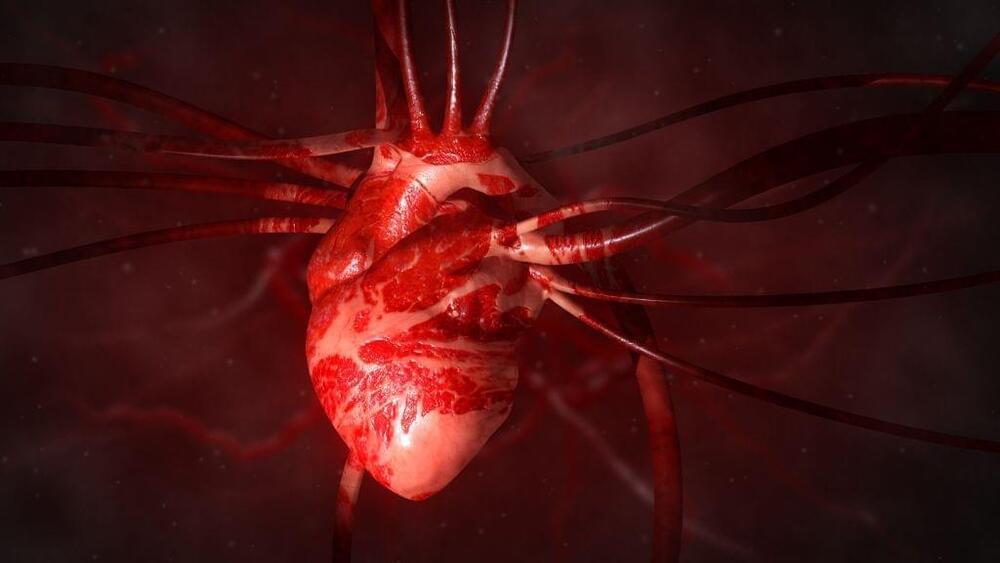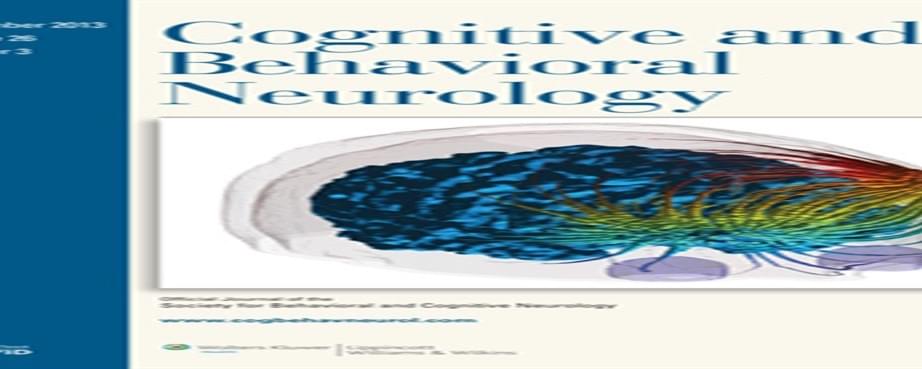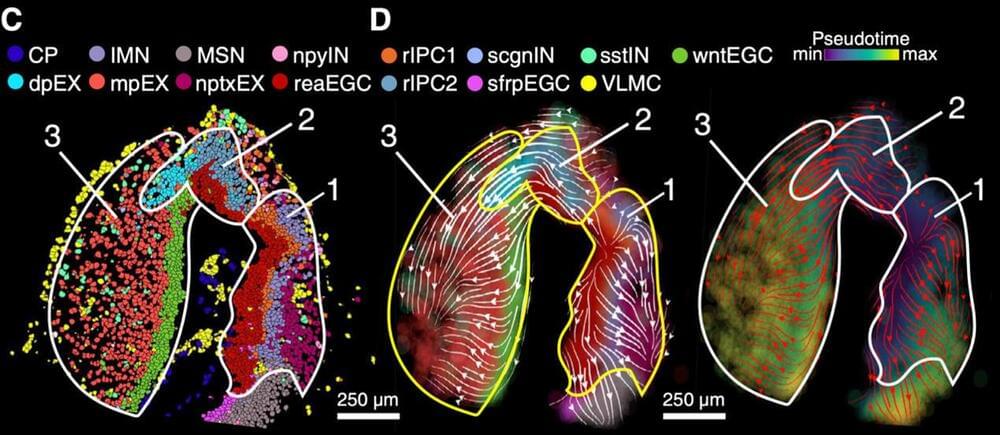Building A Clinically Credible Platform For Longevity Medicine — Prof. Dr. Andrea Maier MD, PhD, National University of Singapore, Centre for Healthy Longevity.
Professor Dr. Andrea B. Maier, MD, Ph.D., is the Oon Chiew Seng Professor in Medicine, Healthy Ageing and Dementia Research, and Co-Director of the Centre for Healthy Longevity, at the National University Of Singapore (https://discovery.nus.edu.sg/19564-andrea-britta-maier).
Professor Maier also holds professorship appointments at VU University Medical Centre — https://research.vu.nl/en/persons/andrea-maier, Amsterdam, Netherlands, and University of Melbourne (https://findanexpert.unimelb.edu.au/profile/773728-andrea-maier), Australia, as well as is Director of Medicine and Community Care at the Royal Melbourne Hospital, Australia.
Professor Maier is also the President of the Australia and New Zealand Society for Sarcopenia and Frailty Research, as well as Founding President of the Healthy Longevity Medicine Society — https://hlms.co/.
A Fellow of the Royal Australasian College of Physicians (FRACP), Professor Maier graduated in Medicine (MD) 2003 from the University of Lübeck (Germany), was registered 2009 in The Netherlands as Specialist in Internal Medicine-Geriatrics and was appointed Full Professor of Gerontology at Vrije Universiteit Amsterdam (The Netherlands) in 2013 where she was the head of Geriatrics at the Vrije Universiteit Medical Center from 2012 to 2016.






